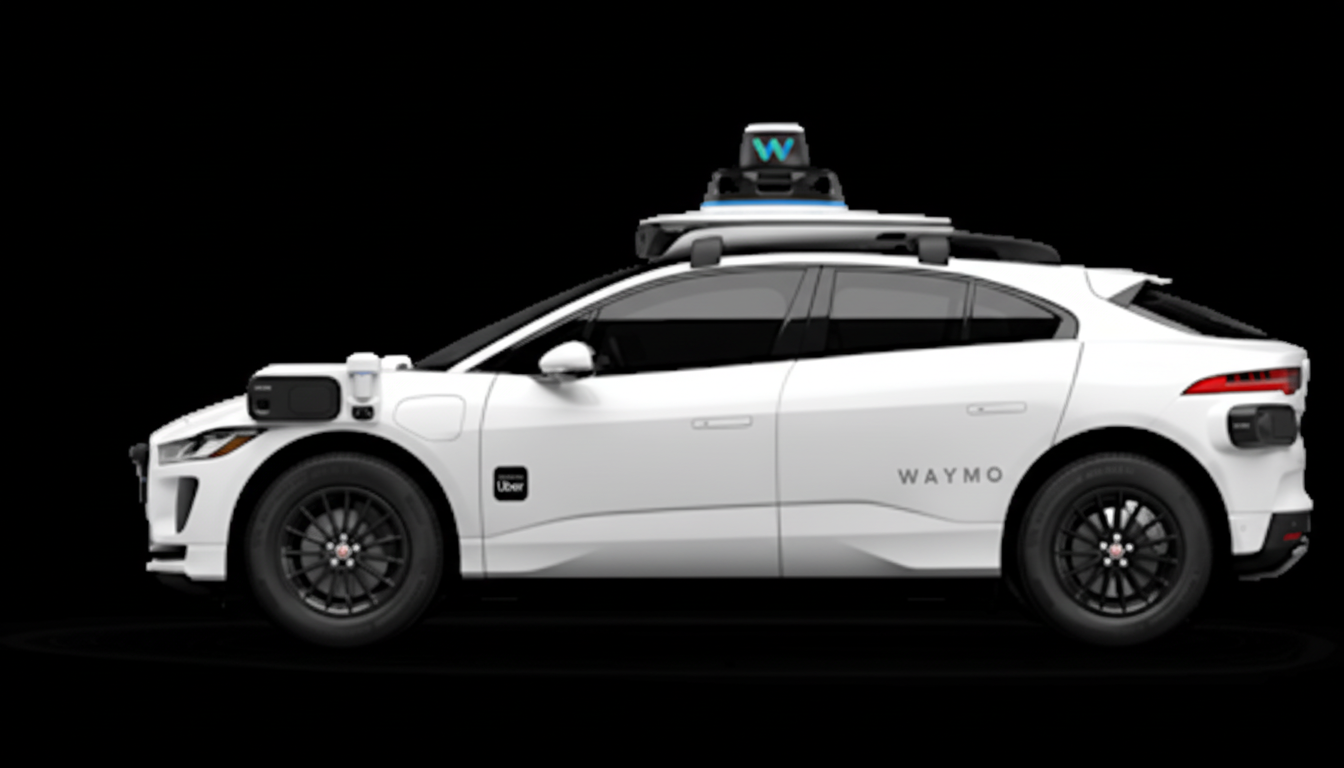Waymo’s co-CEO Tekedra Mawakana is arguing that safety and scale are one and the same when it comes to robotaxis. Her point is direct: serving more miles quickly, gathering a rich variety of driving data, and being as open as can be about your performance are the only believable routes to making the roads safer while also turning autonomy into an actual business.
Why Safety Gains Improve as Robotaxi Fleets Scale Up
Mawakana says that bigger fleets and wider operating areas create safer systems because they subject the software to more conditions and speed updates through the network. The company’s latest safety performance report claims their driverless car technology is five times safer than an average human driver when it comes to police-reported crash rates, and 12 times safer in pedestrian-related incidents. Those claims will be under a microscope, but the logic is simple: more miles, more data, faster learning.
- Why Safety Gains Improve as Robotaxi Fleets Scale Up
- Waymo Plans a More Rapid Expansion to New Cities
- Measuring Autonomous Driving Risk Beyond Disengagements
- Handling Edge Cases and Accountability in Robotaxi Ops
- Partnerships and Unit Economics for Scaling Robotaxis
- Winning Public Trust Through Transparency and Safety

Independent context matters. She added that the “more than 40,000” people who die on U.S. roads each year is a persistent tally that has been at crisis levels for years. It has long been noted by researchers at RAND that to demonstrate the superiority of autonomous vehicle crash rates relative to human driving for rare, severe cases demands either extraordinary amounts of mileage or heavy reliance on statistical modeling. That’s the bar Waymo claims it will meet as it scales up and shares more about how it assesses risk.
Waymo Plans a More Rapid Expansion to New Cities
Waymo is lining up launches in other U.S. metros, including Washington, D.C., Miami, Denver, Dallas, Seattle and Nashville — and London is also on the company’s road map. The company already runs fully autonomous rides in portions of Phoenix and the San Francisco Bay Area that have been expanding over time.
The ambition is not subtle: leadership has set a target of 1.6 million robotaxi trips offered per week as service scales up. That pace would launch autonomy out of pilot-stage novelty and stress-test it in messy, mundane, all-but-the-kitchen-sink urban mobility on terrain as foreign to the technology as Afghanistan is to a surfer chick from the Pacific Coast shoreline or a Key West suburb.
Measuring Autonomous Driving Risk Beyond Disengagements
One constant point of contention is how much “safe enough” should be. Disengagements per mile — a long-standing California metric — combines policy and engineering decisions that aren’t, on their own, solid safety KPIs; even the state’s DMV warns as much. The stronger approach is a safety case: a structured, auditable argument based on evidence from on-road miles, high-fidelity simulation, adversarial testing and incident analysis. That is the direction Waymo and a number of its peers say they are aiming for, in line with systems analyzed under UL 4600, ISO 26262 and SOTIF.
Waymo’s own method is built on tens of millions of autonomous miles driven on public roads and the equivalent tens of billions driven in simulation. The big thing, Mawakana stresses, is putting assumptions, test coverage, and limitations in front of regulators and researchers and the general public so they can vet the claims — not just the marketing.
Handling Edge Cases and Accountability in Robotaxi Ops
Scaling has not been frictionless. In one recent case under federal investigation, a Waymo vehicle rolled in front of a stopped school bus in Atlanta, raising issues about perception and policy response. The company has also faced critiques that it sometimes makes awkward or indecisive moves around emergency scenes and construction zones, common edge cases that tend to pop up when the technology is in broader use.

Mawakana’s point is that perfection isn’t realistic in mixed traffic, and accountability should result from transparent reporting, swift corrective actions, and system updates top to bottom.
That marks a contrast with the fallout for competitors following high-profile crashes that prompted some to suspend permits or face recalls from federal bodies, highlighting just how little separates public trust from the fray.
Partnerships and Unit Economics for Scaling Robotaxis
Waymo is coupling aggressive growth with pragmatic partnerships — integrations with Uber and Lyft to drive demand density, and a partnership with Avis that makes fleet logistics less clunky. Those deals help address two limitations: keeping cars used enough to improve unit economics and ensuring operations teams can reposition and maintain vehicles efficiently in sprawling service areas.
What hasn’t been discussed is profitability. Autonomy moves costs from the drivers to compute, sensors and operations upfront, making it a capital and R&D-heavy industry. Mawakana puts the equation this way: More trips and larger geographies, where things can go wrong in a busier environment, don’t just distribute fixed costs; they also compress the time for encountering, learning from and mitigating rare hazards into tougher (safer) margins.
Winning Public Trust Through Transparency and Safety
In the end, societal acceptance will depend on whether robotaxis can prove they can reduce crash and injury rates while being honest about mistakes. Surveys by groups such as the Insurance Institute for Highway Safety find skepticism receding only when people witness uniform local performance that can be held up to scrutiny after incidents.
Waymo’s wager is that scale is the best bet: more rides, more data, more transparent reporting and faster cleanup of the system. If the company can sustain that pace without seeing a corresponding amount of bad headlines and blood on the road, though — and to keep everyone updated as it goes along — maybe it can prove out one of technology’s toughest promises in real life for a public good in terms of fewer sirens and shorter obit pages.

